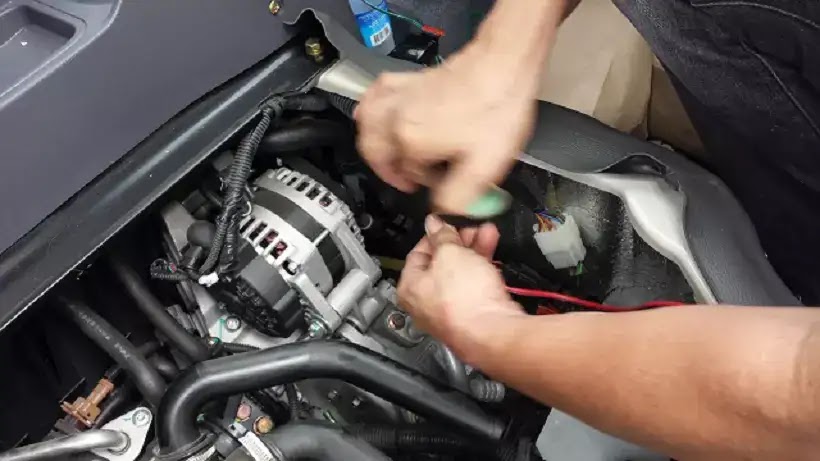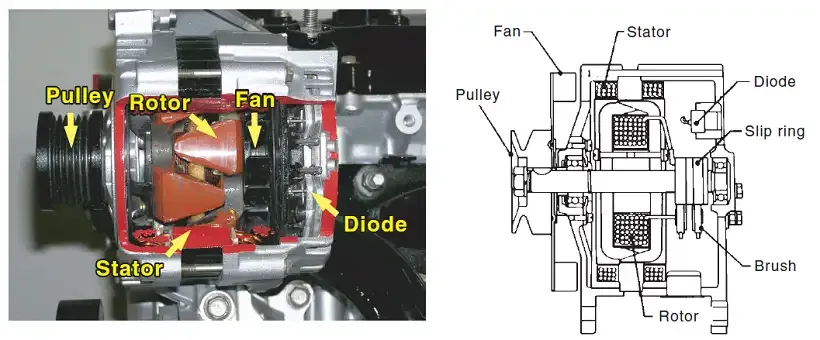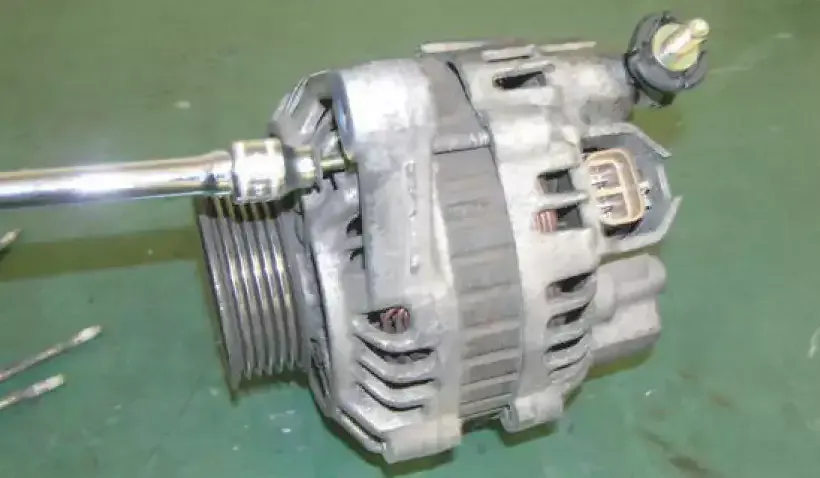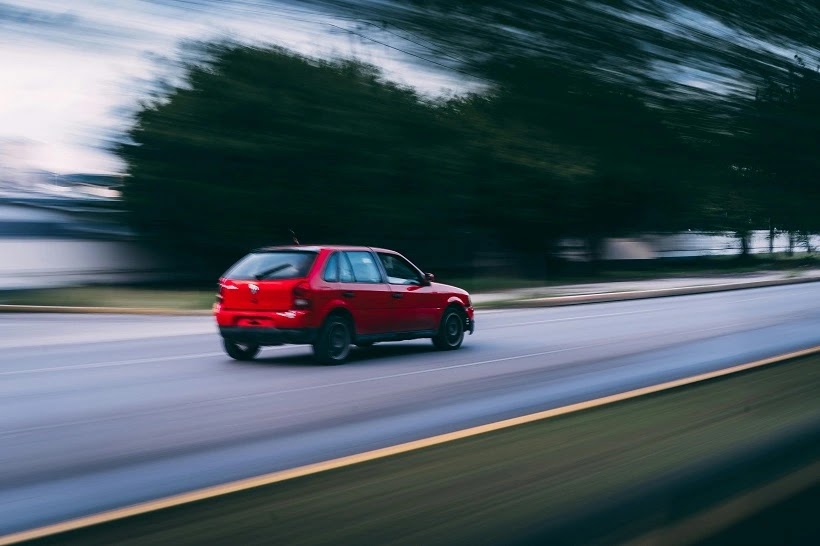When it comes to protecting your vehicle and ensuring peace of mind on the road, understanding your car insurance options is crucial. With various coverage types and insurance policies available, knowing all your car insurance options can help you make an informed decision that fits your needs and budget. This guide will break down the essentials of car insurance, helping you navigate the complex world of auto insurance with ease.
What is Car Insurance?
Car insurance is a contract between you and an insurance company. You pay a premium, and in return, the company provides financial protection against certain types of loss or damage related to your vehicle. Knowing all your car insurance options is key to ensuring you are adequately covered without overpaying.
Types of Car Insurance Coverage
Understanding the different types of car insurance coverage is the first step in knowing all your car insurance options. Each type of coverage protects you in different situations, so it’s important to know what they entail.
1. Liability Coverage. Liability coverage is the most basic and often required by law. It covers the costs if you’re found at fault in an accident that causes injury or damage to someone else's property. There are two main components:
• Bodily Injury Liability. Covers medical expenses, lost wages, and legal fees if you injure someone in an accident.
• Property Damage Liability. Covers the cost of repairing or replacing the other party's vehicle or property.
2. Collision Coverage. Collision coverage pays for repairs to your vehicle if it’s damaged in an accident, regardless of who’s at fault. This coverage is particularly important if you have a newer or more expensive vehicle. It’s an essential part of knowing all your car insurance options, as it protects your investment in your car.
3. Comprehensive Coverage. Comprehensive coverage, also known as "other than collision" coverage, protects against damage to your vehicle caused by non-collision events, such as theft, vandalism, natural disasters, or hitting an animal. This coverage is vital for those living in areas prone to such risks.
4. Personal Injury Protection (PIP). Personal Injury Protection (PIP) covers medical expenses for you and your passengers after an accident, regardless of who is at fault. Some policies also cover lost wages and other related costs. PIP is mandatory in some states and optional in others, so knowing all your car insurance options means understanding what is required where you live.
5. Uninsured/Underinsured Motorist Coverage. This coverage protects you if you’re involved in an accident with a driver who has no insurance or inadequate coverage. It covers medical expenses, lost wages, and other damages. With many drivers on the road lacking proper insurance, knowing all your car insurance options must include this vital coverage.
6. Gap Insurance. Gap insurance covers the difference between the actual cash value of your car and the balance you owe on your auto loan or lease if your car is totaled or stolen. If you’re financing a new car, gap insurance is an option worth considering to avoid owing more than your car’s worth.
7. Rental Reimbursement Coverage. If your car is in the shop due to an accident, rental reimbursement coverage helps pay for a rental car. While this coverage is optional, it can be a lifesaver if you rely heavily on your vehicle for daily transportation.
8. Roadside Assistance. Roadside assistance provides help if your car breaks down on the road. This service can cover towing, tire changes, jump-starts, and more. It’s another important option to consider when knowing all your car insurance options, as it offers peace of mind in unexpected situations.
Factors Affecting Car Insurance Premiums
Understanding what factors influence your car insurance premiums is essential when knowing all your car insurance options. Insurance companies consider various factors when determining your rates, including:
• Driving Record. A clean driving record often results in lower premiums, while accidents and violations can increase costs.
• Vehicle Type. The make, model, and age of your vehicle affect your insurance rates. More expensive or high-performance vehicles typically cost more to insure.
• Location. Where you live plays a role in your insurance costs. Urban areas with higher traffic and crime rates may result in higher premiums.
• Credit Score. In some states, your credit score can influence your car insurance rates. Higher scores often lead to lower premiums.
• Age and Gender. Younger drivers, especially males, often face higher insurance costs due to statistically higher accident rates.
• Coverage Limits and Deductibles. Higher coverage limits and lower deductibles offer more protection but come with higher premiums.
Tips for Choosing the Right Car Insurance
Knowing all your car insurance options is just the beginning. Choosing the right policy involves careful consideration of your needs and budget. Here are some tips to help you make the best choice:
1. Assess Your Needs. Consider the value of your vehicle, your financial situation, and your driving habits. Do you need full coverage, or would liability coverage suffice? If your car is older, you might consider dropping collision or comprehensive coverage to save money.
2. Shop Around. Insurance rates can vary significantly between companies. Obtain quotes from multiple insurers to compare costs and coverage options. Online comparison tools can make this process easier and faster.
3. Consider Discounts. Many insurers offer discounts for various reasons, such as having a clean driving record, bundling policies, or installing safety features in your car. Ask about all available discounts to reduce your premium.
4. Review Policy Terms. Carefully read the terms and conditions of any policy you’re considering. Make sure you understand the coverage limits, deductibles, and exclusions before committing.
5. Seek Professional Advice. If you’re unsure about your options, consider consulting with an insurance agent or broker. They can help you navigate the complexities of car insurance and find a policy that suits your needs.
The Importance of Regularly Reviewing Your Policy
Once you’ve chosen a car insurance policy, it’s essential to review it regularly. Life changes such as moving, buying a new car, or adding a driver to your policy can impact your coverage needs. Regularly reviewing and updating your policy ensures that you remain adequately covered without paying for unnecessary extras.
💭 Final Thoughts
Knowing all your car insurance options is a crucial step in protecting yourself and your vehicle on the road. By understanding the different types of coverage available, the factors that affect your premiums, and how to choose the right policy, you can make an informed decision that provides peace of mind and financial security. Whether you’re a new driver or an experienced motorist, taking the time to explore and understand your car insurance options will help you get the coverage you need at a price you can afford.
For more related articles see: Car Insurances Information
Want more videos all about auto?
Subscribe to our YouTube channel! » Cartech Home
Want more videos all about auto?
Subscribe to our YouTube channel 👉Cartech Home


























